Hottracks - Gwanghwamun Branch [Tax Refund Shop] (핫트랙스 광화문점)
825.4M 2024-04-23
1, Jong-ro, Jongno-gu, Seoul
-
Kyobo Book Centre Gwanghwamun (교보문고)
826.8M 2024-12-04
1 Jong-ro, Jongno-gu, Seoul
02-3295-0312
Kyobo Book Centre is the first large-scale bookstore in Korea, and this particular store can be found next to Gwanghwamun Square. Kyobo Book Centre Gwanghwamun divides its internal area into 11 sections and organizes them in a way that allows readers to find books easily. The store also has specialized shops for stationery, digital devices, and accessories, as well as exhibition spaces and cafés.
Kumho Art Hall (금호아트홀)
830.3M 2021-05-28
76, Saemunan-ro, Jongno-gu, Seoul
+82-2-6303-1977
Kumho Art Hall was built in 2000 exclusively for classical music concerts, with 390 seats, the perfect structure for chamber concerts. All seats are recital hall chairs and the wide spacing between rows of chairs helps the audience to have a pleasant time. Upon entering the theater, all cell phones will turn off automatically. This helps all visitors to enjoy the concert without being interrupted by ringing cell phones. The interior is cozy and luxurious, and the stage is made of maple.
Eunnamu (은나무)
830.7M 2020-05-09
72, Yulgok-ro 3-gil, Jongno-gu, Seoul
+82-2-730-2867
Eunnamu specializes in accessories, focusing on the beauty of simple nature and natural lines. It applies traditional Korean patterns to its accessories. The main materials used are sterling silver and quality gemstones. Because every product goes through the delicate hands of artists, it boasts unique designs and touches not easily seen in other products.
Bukchon Hanok Village Gamgodang Street (북촌한옥마을 감고당길)
836.6M 2024-10-30
Anguk-dong, Jongno-gu, Seoul
An alley with cute cafes and galleries
This is the road that appeared in the last episode and the flashback scene where Choi Ung (played by Choi Woosik) and Kuk Yeonsoo (played by Kim Dami) got drunk. Behind the Seoul Craft Museum in Bukchon Hanok Village, it extends for about 440m from Poongmoon Girls' High School to Jeongdok Library. There are many pretty cafes and galleries on the cozy road, and there are also craft markets open, so there is plenty to look around. The alley where Kuk Yeonsoo walked with the drunken Choi Ung on her back is Yunboseon Street in the middle of Gamgodang Street. It stretches along the hill between narrow tiled walls and stone walls, giving off a unique atmosphere.
Maeumeul Damanaemyeon (마음을담아내면)
837.2M 2021-03-19
79, Yulgok-ro 3-gil, Jongno-gu, Seoul
+82-2-732-7768
This is a Korean cuisine located in Jongno, Seoul. Also well-known for steak and stir-fried ingredients over rice. The best menu at this restaurant is noodles.
Seoul Museum of History (서울역사박물관)
844.4M 2025-01-17
55 Saemunan-ro, Jongno-gu, Seoul
Seoul Museum of History covers everything about Seoul's history and culture from the prehistoric era to modern times, focusing especially on the Joseon era. The museum aims to raise cultural awareness and build a strong bond within the community by collecting, preserving, researching, and displaying artifacts and materials related to Seoul as well as promoting the city's history and culture to an international audience.
Hanboknam (한복남)
852.7M 2021-01-27
17, Bukchon-ro 5ga-gil, Jongno-gu, Seoul
+82-10-6485-8507
Started in Jeonju in 2012, Hanboknam strived to promote the beauty of hanbok, earning recognition by the Ministry of Culture, Sports and Tourism in 2015. Following this, Hanboknam opened a hanbok exhibition and rental shop in the Bukchon area of Seoul in 2016. The shop provides customers with numerous styles of hanbok, from royalty to beggars. The rental shop also offers various accessories to pair with the different hanbok for a complete look.
Cafe COIN 2ho (Cafe COIN 2호)
858.6M 2021-03-22
29, Myeongdong, 9-gil, Jung-gu, Seoul
+82-2-754-1506
A café operated for more than 20 years in Myeong-dong. This is a cafe located in Jung-gu, Seoul. The most famous menu is waffle.
![Bukchon Pharmacy [Tax Refund Shop] (북촌약국)](http://tong.visitkorea.or.kr/cms/resource/83/3314583_image2_1.jpg)

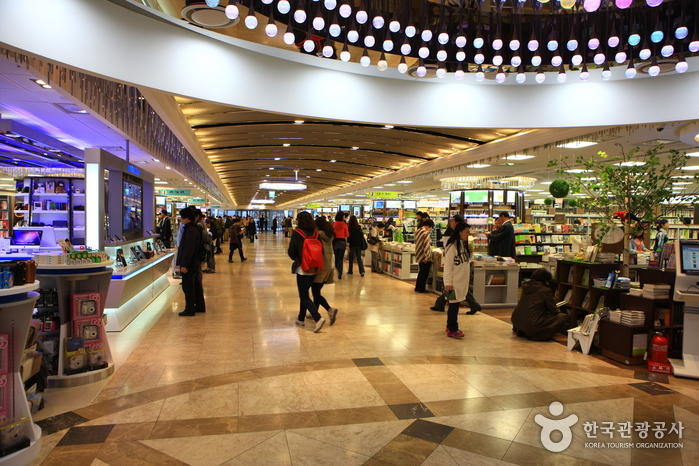
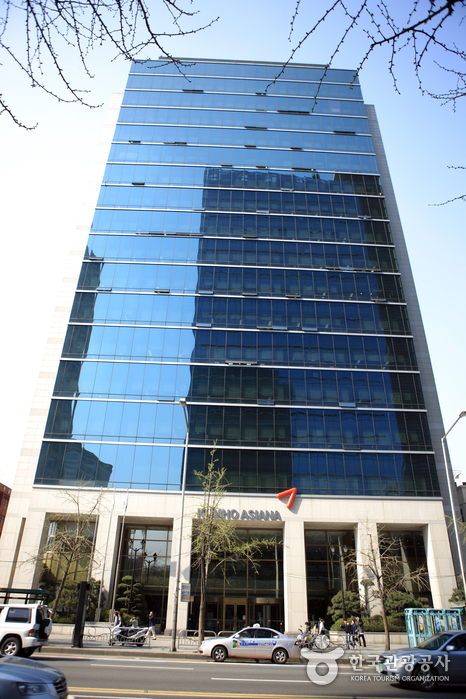
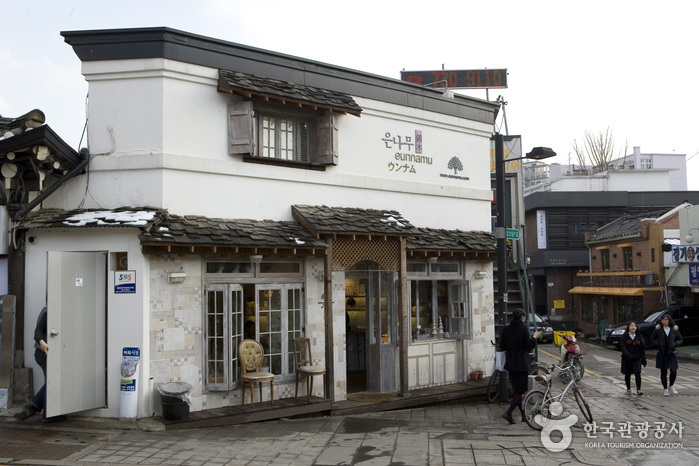

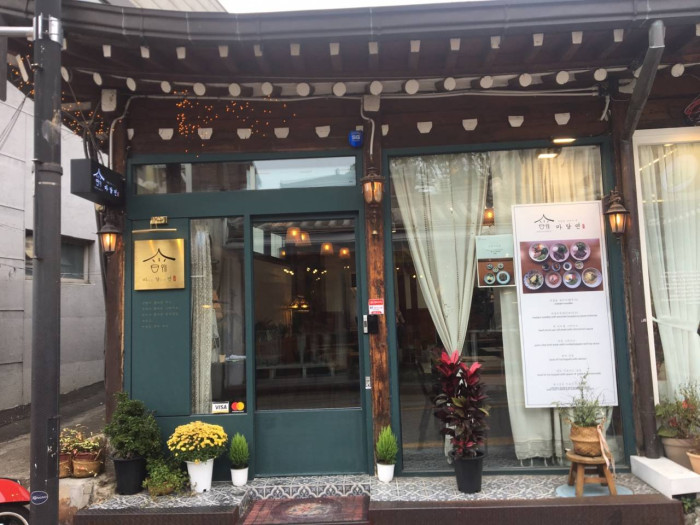
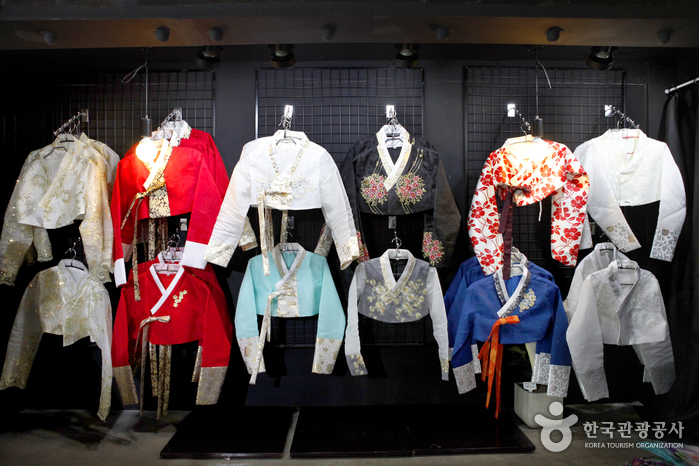
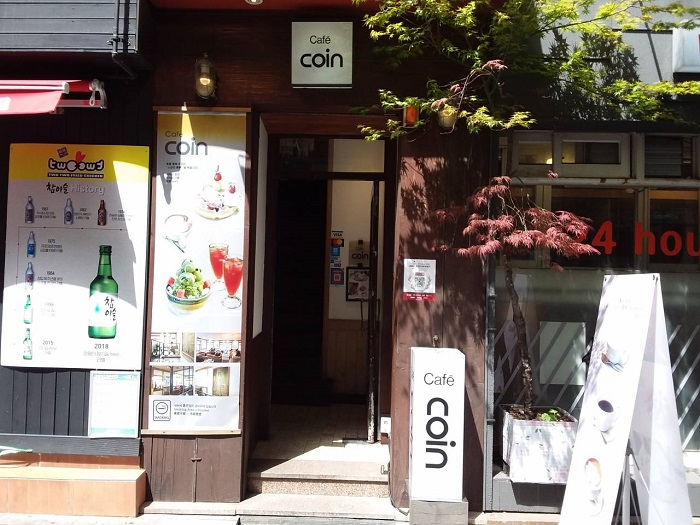
 English
English
 한국어
한국어 日本語
日本語 中文(简体)
中文(简体) Deutsch
Deutsch Français
Français Español
Español Русский
Русский